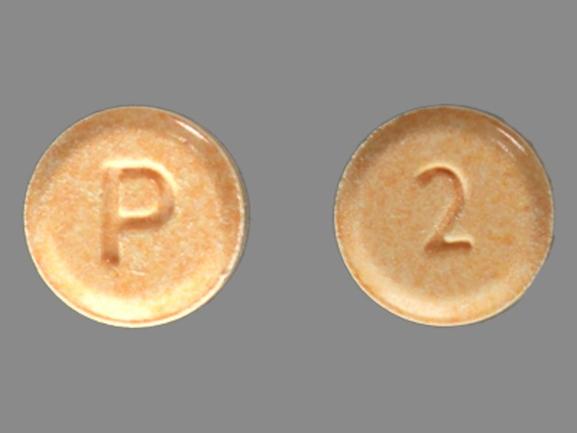Dilaudid Injection Dosage
Generic name: HYDROMORPHONE HYDROCHLORIDE
1mg in 1mL
Dosage form: injection, solution
Drug class: Opioids (narcotic analgesics)
Medically reviewed by Drugs.com. Last updated on Jan 1, 2024.
Important Dosage and Administration Instructions
- Use the lowest effective dosage for the shortest duration consistent with individual patient treatment goals [see Warnings and Precautions (5)].
- Initiate the dosing regimen for each patient individually, taking into account the patient's severity of pain, patient response, prior analgesic treatment experience, and risk factors for addiction, abuse, and misuse [see Warnings and Precautions (5.1)].
- Monitor patients closely for respiratory depression, especially within the first 24-72 hours of initiating therapy and following dosage increases with DILAUDID INJECTION and adjust the dosage accordingly [see Warnings and Precautions (5.2)].
- Inspect parenteral drug products visually for particulate matter and discoloration prior to administration, whenever solution and container permit. A slight yellowish discoloration may develop in DILAUDID INJECTION. No loss of potency has been demonstrated. DILAUDID INJECTION is physically compatible and chemically stable for at least 24 hours at 25°C, protected from light in most common large-volume parenteral solutions.
- Discard any unused portion in an appropriate manner.
Initial Dosage
Use of DILAUDID INJECTION as the First Opioid Analgesic:
Conversion From Other Opioids to DILAUDID INJECTION:
There is inter-patient variability in the potency of opioid drugs and opioid formulations. Therefore, a conservative approach is advised when determining the total daily dosage of DILAUDID INJECTION. It is safer to underestimate a patient's 24-hour DILAUDID INJECTION dosage than to overestimate the 24-hour DILAUDID INJECTION dosage and manage an adverse reaction due to overdose.
If the decision is made to convert to Hydromorphone Hydrochloride Injection from another opioid analgesic using publicly available data, convert the current total daily amount(s) of opioid(s) received to an equivalent total daily dose of DILAUDID INJECTION and reduce by one-half due to the possibility of incomplete cross tolerance. Divide the new total amount by the number of doses permitted based on dosing interval (e.g., 8 doses for every-three-hour dosing). Titrate the dose according to the patient's response.
Dosage Modifications in Patients with Hepatic Impairment
Start patients with hepatic impairment on one-fourth to one-half the usual DILAUDID INJECTION starting dose depending on the extent of impairment [see Clinical Pharmacology (12.3)].
Dosage Modifications in Patients with Renal Impairment
Start patients with renal impairment on one-fourth to one-half the usual DILAUDID INJECTION starting dose depending on the degree of impairment [see Clinical Pharmacology (12.3)].
Titration and Maintenance of Therapy
Individually titrate DILAUDID INJECTION to a dose that provides adequate analgesia and minimizes adverse reactions. Continually reevaluate patients receiving DILAUDID INJECTION to assess the maintenance of pain control and the relative incidence of adverse reactions, as well as monitoring for the development of addiction, abuse, or misuse [see Warnings and Precautions (5.1)]. Frequent communication is important among the prescriber, other members of the healthcare team, the patient, and the caregiver/family during periods of changing analgesic requirements, including initial titration.
If the level of pain increases after dosage stabilization, attempt to identify the source of increased pain before increasing the DILAUDID INJECTION dosage. If unacceptable opioid-related adverse reactions are observed, consider reducing the dosage. Adjust the dosage to obtain an appropriate balance between management of pain and opioid-related adverse reactions.
Discontinuation of DILAUDID INJECTION
When a patient who has been taking DILAUDID INJECTION regularly and may be physically dependent no longer requires therapy with DILAUDID INJECTION, taper the dose gradually, by 25% to 50% every 2 to 4 days, while monitoring carefully for signs and symptoms of withdrawal. If the patient develops these signs or symptoms, raise the dose to the previous level and taper more slowly, either by increasing the interval between decreases, decreasing the amount of change in dose, or both. Do not abruptly discontinue DILAUDID INJECTION in a physically-dependent patient [see Warnings and Precautions (5.11), Drug Abuse and Dependence (9.3)].
Frequently asked questions
More about Dilaudid (hydromorphone)
- Check interactions
- Compare alternatives
- Pricing & coupons
- Reviews (326)
- Drug images
- Latest FDA alerts (11)
- Side effects
- Dosage information
- Patient tips
- During pregnancy
- Generic availability
- Support group
- Drug class: Opioids (narcotic analgesics)
- Breastfeeding
Patient resources
- Dilaudid drug information
- Dilaudid injection
- Dilaudid rectal
- Dilaudid (Hydromorphone Injection) (Advanced Reading)
- Dilaudid (Hydromorphone Oral) (Advanced Reading)
Other brands
Dilaudid-HP, Exalgo, Palladone
Professional resources
Other brands
Dilaudid-HP, Exalgo, Palladone
Related treatment guides
Further information
Always consult your healthcare provider to ensure the information displayed on this page applies to your personal circumstances.


